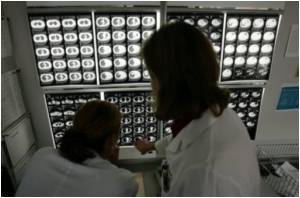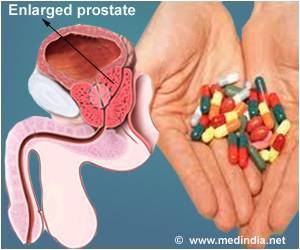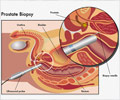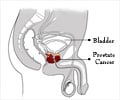At the University of York, scientists have discovered how the prostate gland develops for the first time, according to research published (Thursday, February 6) in Stem Cell Reports.

Professor Norman Maitland, Director of the YCR Cancer Research Unit at the University's Department of Biology, and colleagues have successfully outlined the underlying mechanism behind the development of the gland after studying human prostate tissue.
During the study, Dr Jayant Rane and Dr Alastair Droop discovered a 'signalling pathway' - a set of signals which tell proteins inside stem cells how to evolve into prostate tissue cells called basal cells and luminal cells. They found that there are 80 genes involved in this process, and the main signals responsible for the activation and regulation of this system are retinoic acid - a chemical made from vitamin A which is supplied in our diet by carrots, green vegetables and liver – and male sex hormones.
The balance of retinoic acid and male sex hormones involved in the process is highly regulated in a normal prostate gland. This balance is disrupted in prostate cancer, where the level of male sex hormones is increased. This can lead to a tumour that consists mostly of luminal-like cells, with less than one stem cell in every thousand luminal cells.
Professor Maitland said: "The prostate gland is lined with specialised cells which make up the epithelium. Diseases that affect this lining are common in the prostate, but until now, very little has been known about the mechanisms which regulate prostate tissue.
"The 80 genes and the signalling mechanisms described by the team all provide potential targets for new therapies, which could be used to combat common prostate diseases, including prostate cancer. Further, comparative analysis across more than 20,000 patient samples has also shown that similar mechanisms may be used in a wide variety of human tissues."
Advertisement
The team at the YCR Cancer Research Unit achieved international recognition in 2005 when they became the first to identify prostate cancer stem cells, which are believed to be the 'root cause' of prostate cancer. Now supported by a £2.15m award from Yorkshire Cancer Research, they have since been exploring the exact molecular properties that allow these cells to spread, survive and resist aggressive treatments such as radiation and chemotherapy.
Advertisement







![Prostate Specific Antigen [PSA] Prostate Specific Antigen [PSA]](https://www.medindia.net/images/common/patientinfo/120_100/prostate-specific-antigen.jpg)






